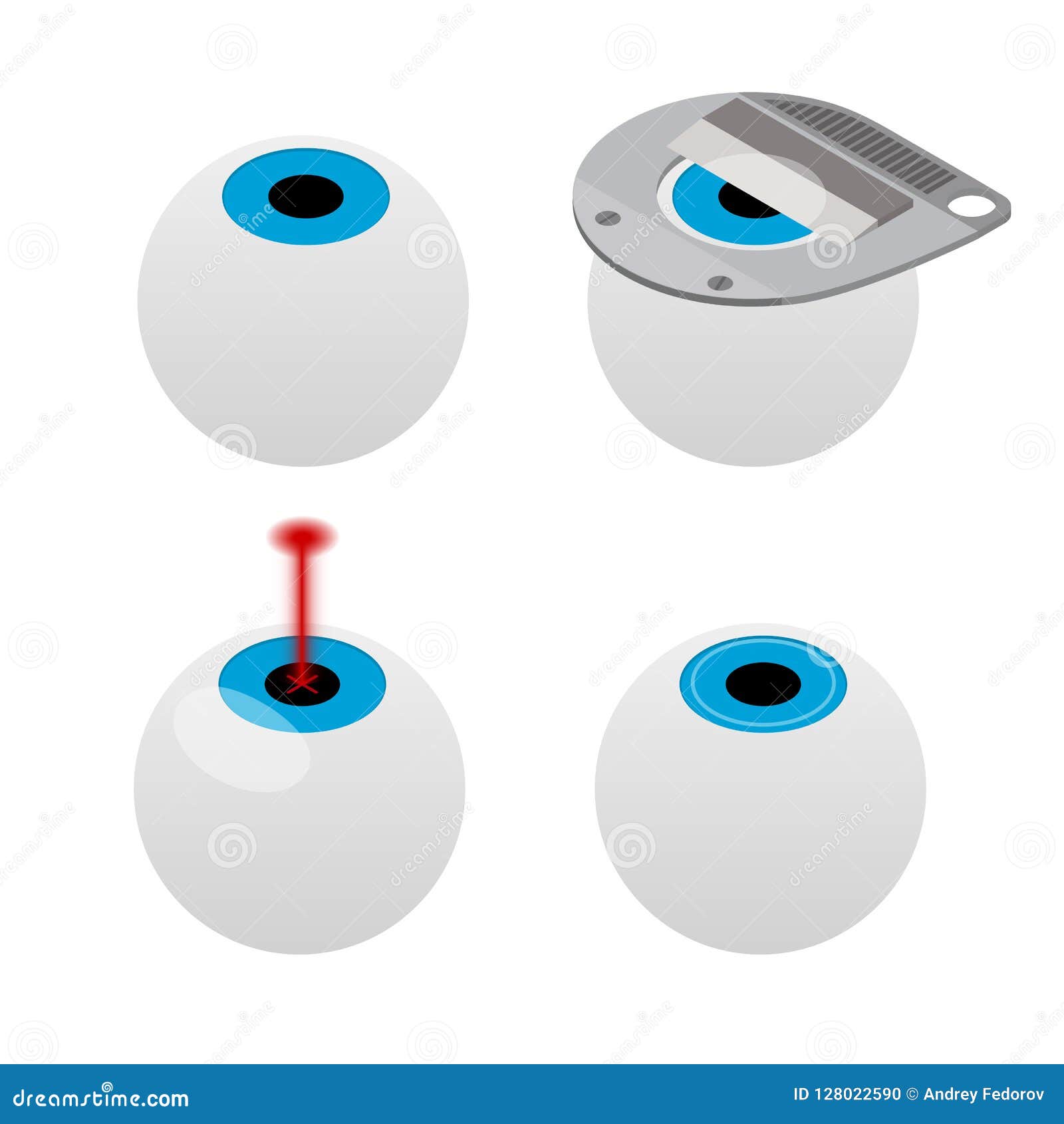Refractive Lens Exchange: A Thorough Guide To Achieving Better Vision
Refractive Lens Exchange: A Thorough Guide To Achieving Better Vision
Blog Article
Team Writer-Myers Velasquez
If you're over 40 and fighting with vision problems like hyperopia or nearsightedness, Refractive Lens Exchange (RLE) may be worth considering. This procedure replaces your all-natural lens with a man-made one, potentially minimizing your dependancy on glasses. While the advantages are appealing, it's crucial to recognize the risks and eligibility demands. What should you recognize before deciding that could change your vision forever? Allow's explore this topic even more.
Recognizing Refractive Lens Exchange
Recognizing Refractive Lens Exchange (RLE) can be important for those considering vision improvement choices.
RLE is a surgical procedure that changes your eye's natural lens with a synthetic intraocular lens. It's largely focused on remedying serious refractive mistakes, such as hyperopia, myopia, or presbyopia.
Throughout the treatment, your specialist will remove your cloudy or clear lens and replace it with a lens customized to your vision requires. This option is frequently taken into consideration for people over 40 who may not appropriate candidates for LASIK.
By selecting RLE, you're not simply boosting your vision; you're also possibly minimizing your dependancy on glasses or get in touch with lenses.
Comprehending just how RLE works will equip you to make enlightened decisions regarding your vision health and wellness.
Advantages and Risks of RLE
Picking RLE not only offers an opportunity to improve your vision but additionally comes with its very own collection of benefits and dangers.
One substantial benefit is the possibility for more clear vision, decreasing or removing your dependancy on glasses or contact lenses. You may also experience a wider range of vision, particularly if you select multifocal lenses.
However, there are dangers entailed, such as infection, complications throughout surgical procedure, or frustration with the outcomes. Some patients experience visual disturbances like halos or glare.
It's vital to consider these benefits and risks thoroughly. Consulting with your eye care expert can help you make an enlightened choice that straightens with your vision goals and way of living.
Qualification Criteria for Refractive Lens Exchange
Prior to considering Refractive Lens Exchange (RLE), it's crucial to figure out if you fulfill the eligibility requirements. Typically, you're a great candidate if you more than 40 years old and have a stable prescription.
You ought to additionally be experiencing refractive mistakes like nearsightedness, hyperopia, or presbyopia. It's important to have healthy and balanced eyes with no substantial diseases, such as cataracts or glaucoma.
In addition, you need to be in excellent overall health and wellness and not have any conditions that can influence recovery, like unchecked diabetes mellitus. If you use call lenses, you might require to stop using them for some time before your assessment.
Consulting with an eye care professional will help you comprehend your certain scenario and whether RLE is right for you.
Conclusion
In conclusion, refractive lens exchange can transform your vision and minimize your dependence on glasses or calls. While supplemental resources offers many advantages, it's important to recognize the risks and guarantee you satisfy the eligibility requirements. Consulting with https://tlcaffiliateddoctors85062.spintheblog.com/35976686/discover-the-future-of-cataract-surgical-procedure-innovation-and-witness-the-cutting-edge-development-that-has-the-possible-to-transform-patient-therapy-and-boost-visual-results will certainly help you make an enlightened decision customized to your demands. If you're taking into consideration RLE, take the time to discover your choices and go over any concerns, paving the way for more clear, a lot more vivid vision.
